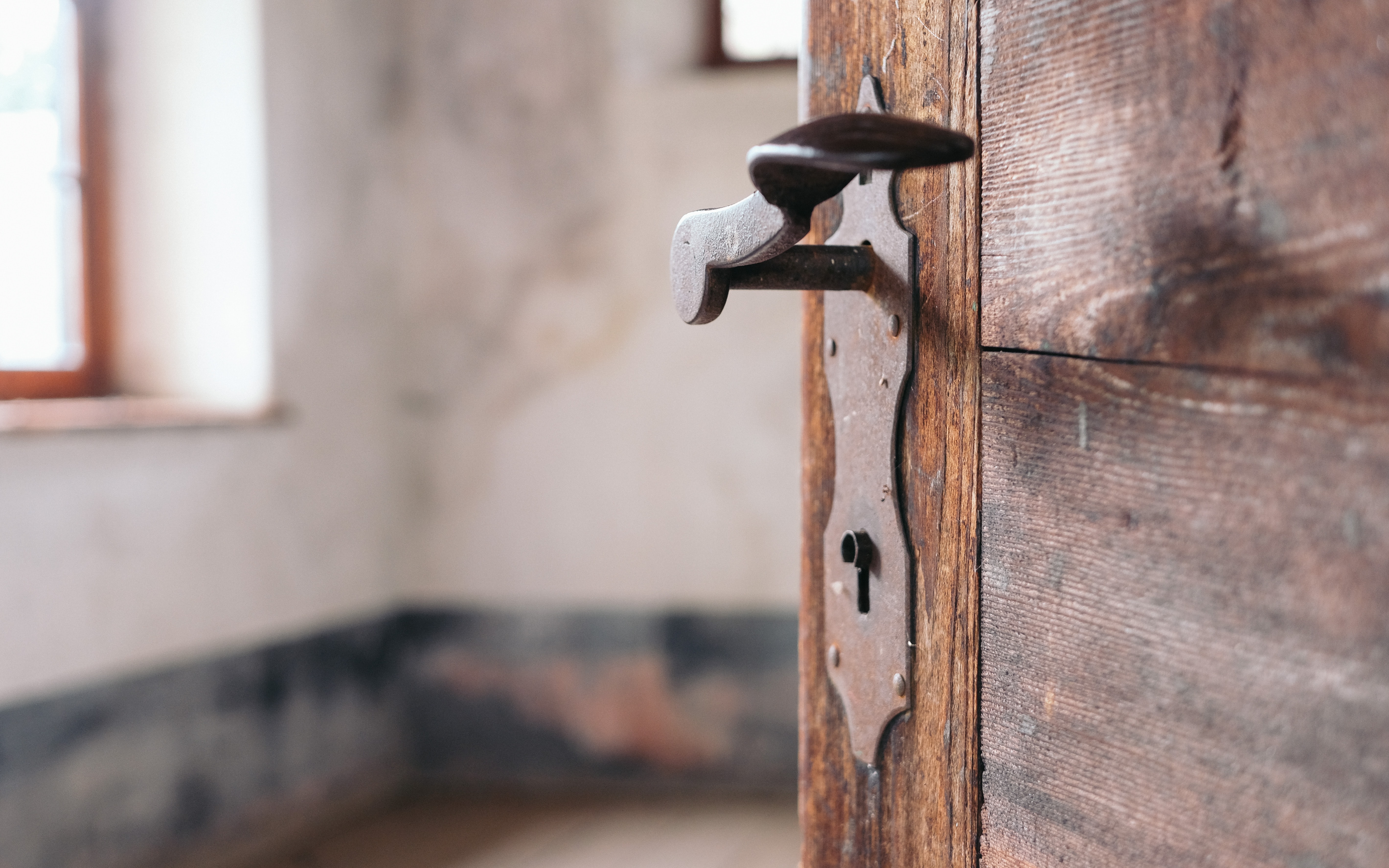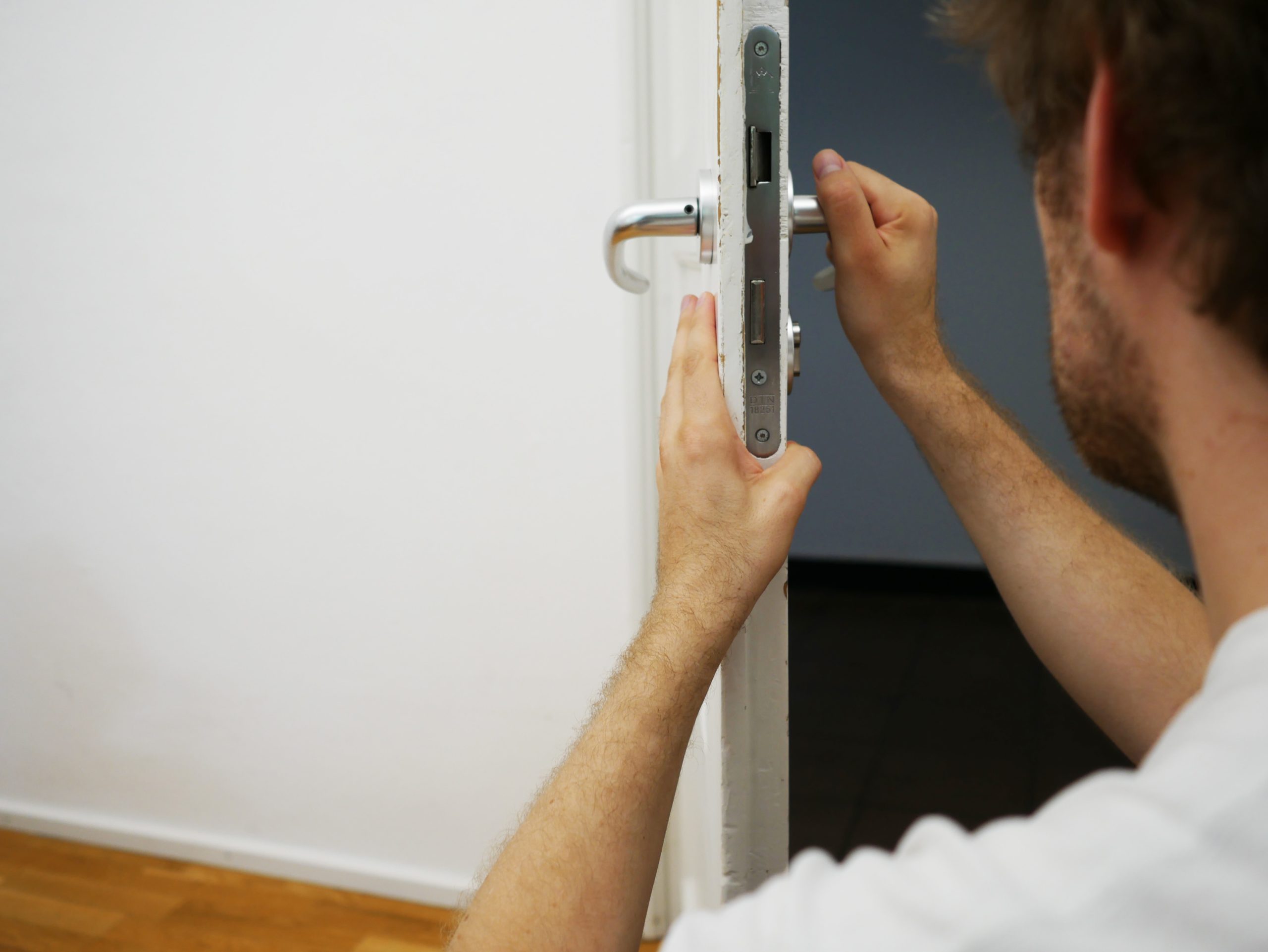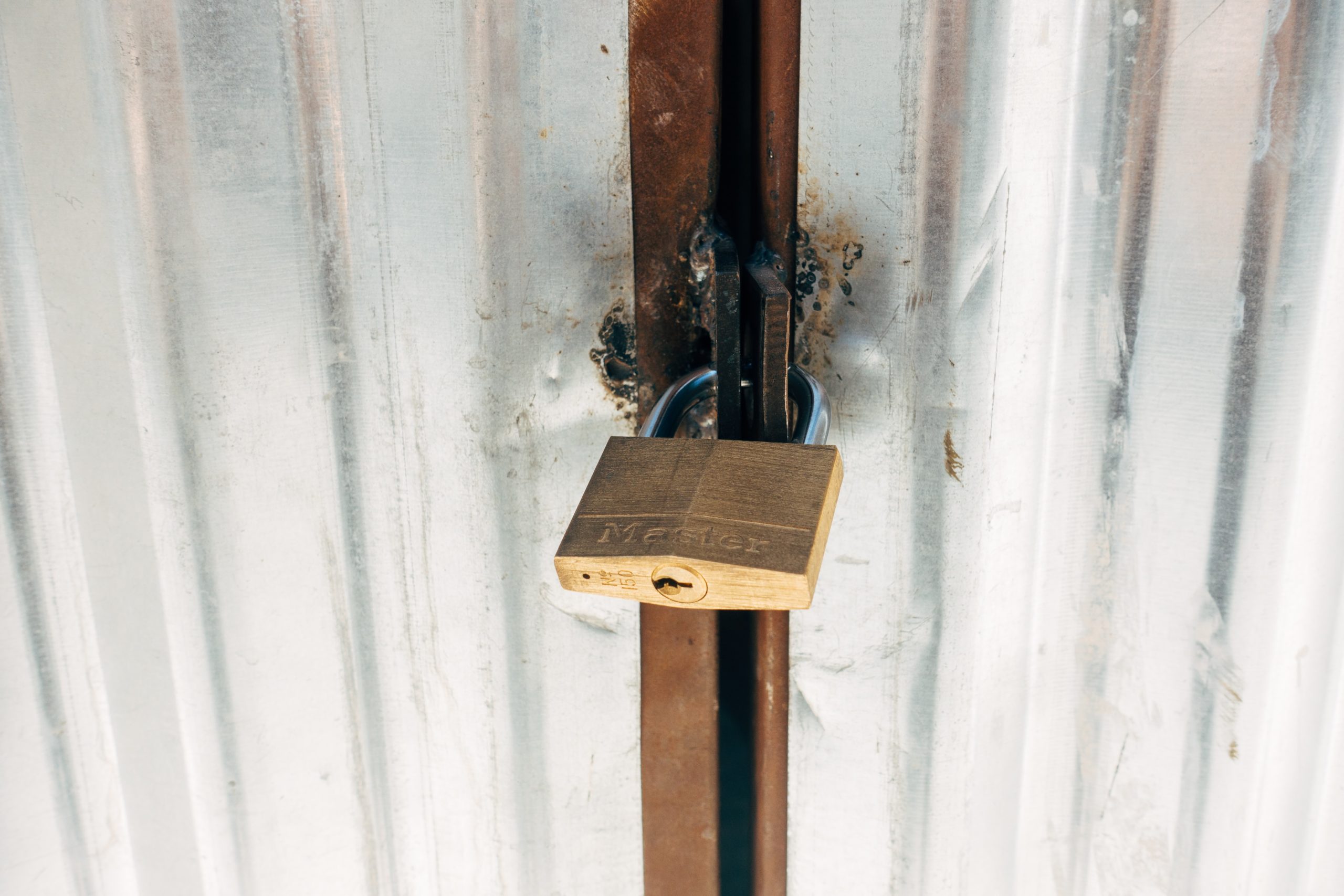PPM – Planned Preventative Maintenance: Keeping Your Facility Running Smoothly Have you ever experienced a facility shutdown due to unexpected equipment breakdowns? Not only is it frustrating, but it can also cost you time and money. That’s where PPM, or planned preventative maintenance, comes in. This proactive approach to facility maintenance is all about preventing equipment breakdowns and reducing downtime. In this article, we’ll dive deeper into PPM and why it’s an absolute must for keeping your facility running like a well-oiled machine. So, grab a cup of coffee and let’s get started!
What is Planned Preventative Maintenance?

Planned preventative maintenance, or PPM for short, is a systematic and proactive approach to facility maintenance that focuses on preventing equipment failures and extending the lifespan of your equipment. Unlike reactive maintenance, where issues are addressed only after they occur, PPM involves a scheduled and ongoing series of maintenance tasks. These tasks can include routine inspections, cleaning, lubrication, and other maintenance procedures that keep equipment in top working condition. By following a PPM schedule, you can catch potential issues before they become major problems, reducing downtime and minimizing repair costs. PPM also helps to improve the safety and reliability of your equipment, ensuring that your facility can operate at its full potential.
Why is PPM Important?

Planned preventative maintenance (PPM) is very important for several reasons. One reason is that it helps reduce downtime. When equipment breaks down, it can cause your facility to stop working, which can be very costly and can cause a lot of problems. By doing regular maintenance, you can prevent equipment from breaking down, which means less downtime and less stress for you. Another reason PPM is important is that it helps prolong the life of your equipment. Equipment can be very expensive, so it’s important to take care of it so it lasts as long as possible. When you do regular maintenance, you can catch problems early and fix them before they become big, expensive problems. This can save you a lot of money in the long run. PPM also helps increase safety in your facility. When equipment is working properly, it’s less likely to cause accidents or injuries. By doing regular maintenance, you can make sure that everything is working the way it should be and that there aren’t any safety hazards in your facility. Finally, PPM can help improve efficiency. When equipment is well-maintained, it’s more efficient, which means it uses less energy and costs less money to operate. This can be a big help for your bottom line, and it’s good for the environment too.
How Does PPM Work?

PPM typically involves the following steps:
Asset inventory
Keeping a record of all the equipment in your facility is an important part of managing it well. The record should include information about how old the equipment is, what condition it’s in, and what kind of maintenance it has had. This helps you plan when to take care of the equipment and when it’s time to replace it. It also helps you see if you have too much equipment, so you can use your resources better. Keeping a record is also helpful if you need to use it for insurance or to keep track of how much your assets are worth.

Maintenance schedule
To keep your facility’s equipment working well, it’s important to have a plan for regular maintenance. This plan is called a maintenance schedule. To make the schedule, the manufacturer’s recommendations, industry best practices, and the needs of your facility are taken into account. The schedule helps you know when to do things like inspect, clean, and replace parts, so that the equipment works well and lasts longer. It’s important to follow the schedule closely so that your equipment stays in good condition and your facility can operate smoothly.

Regular inspections
Regular inspections help to find problems or things that could become problems in the future. By catching issues early, before they become big problems, you can fix them more easily and save money. Inspections might involve checking things like the electrical system, plumbing, or equipment to make sure everything is working properly. Doing regular inspections is an important part of keeping your facility running smoothly.

Preventative maintenance tasks
A maintenance schedule helps plan regular maintenance tasks, such as cleaning, oiling, and changing filters. This ensures that everything is done on time, keeping your equipment in top working condition. Scheduled maintenance can help prevent major breakdowns and increase the lifespan of your equipment.
Record keeping
When maintenance work is done, the details are written down in a record. This includes inspections, repairs, and replacements. These records help keep track of what work was done, when it was done, and who did it. By keeping these records, it’s easier to identify trends or potential issues and plan future maintenance work accordingly.

Who Does PPM?
PPM is normally performed by professionals who are experienced in facility maintenance. They work with the facility owner or manager to create a maintenance plan that meets the specific needs of the facility. This can include scheduling routine maintenance tasks, conducting regular inspections, and keeping detailed records of all maintenance activities. By following the PPM schedule, they can catch potential issues before they become major problems, reducing downtime and minimizing repair costs.

Conclusion



